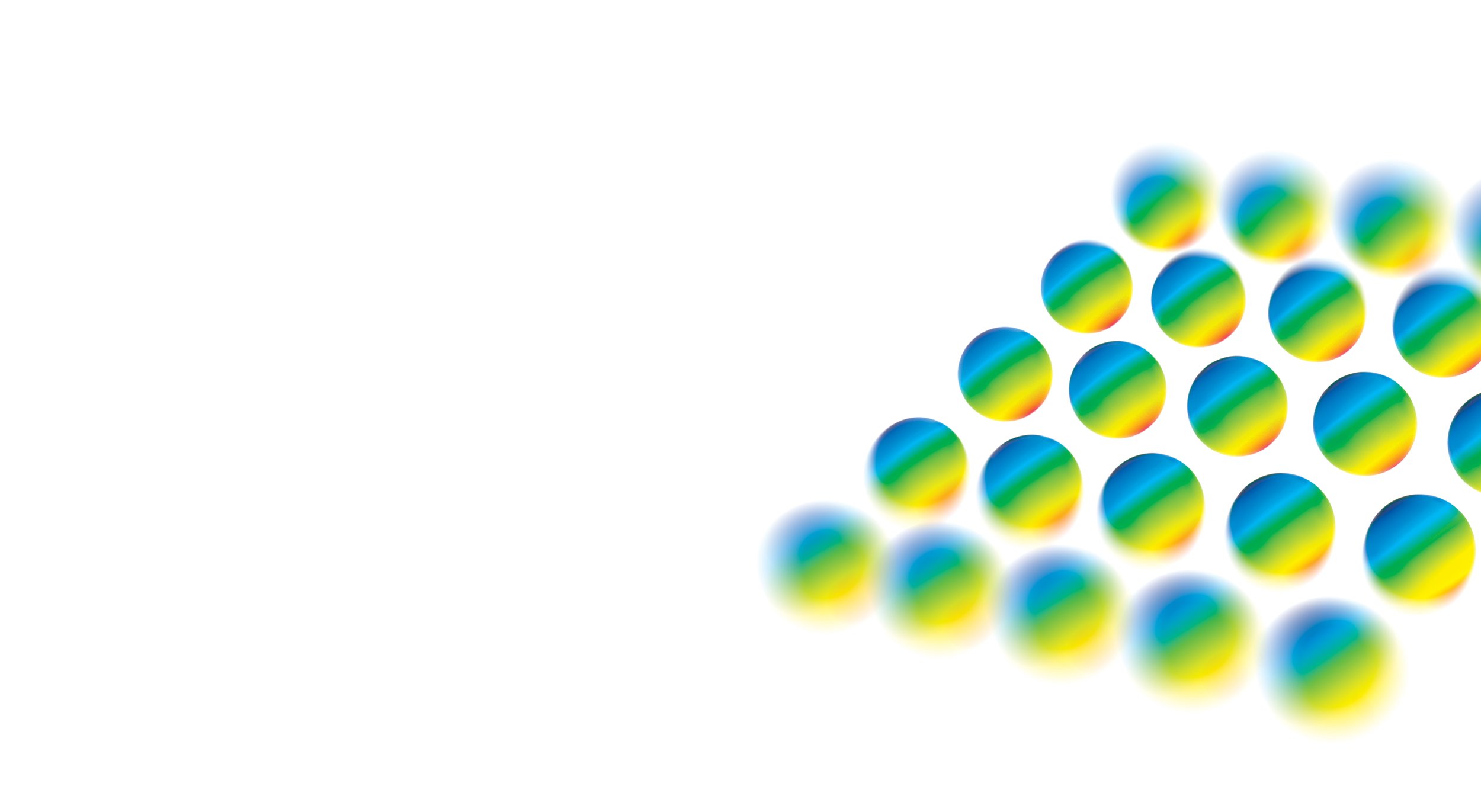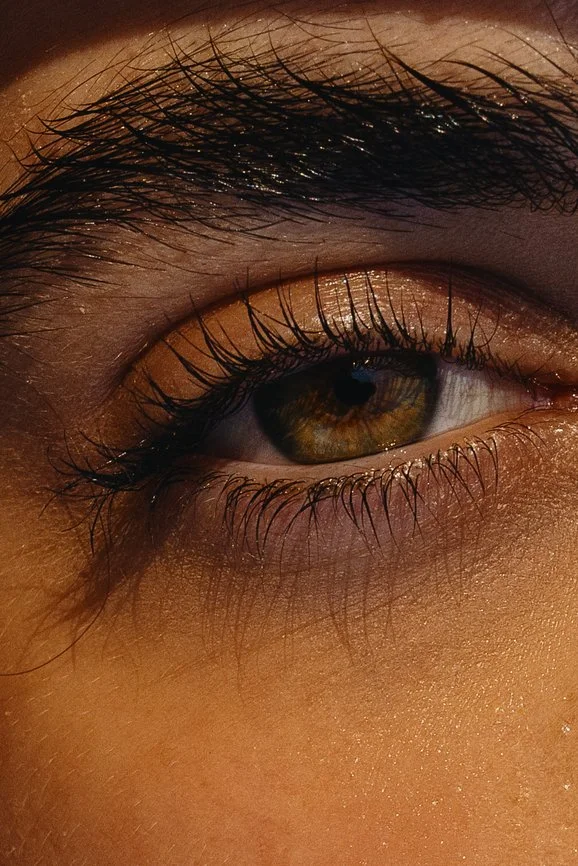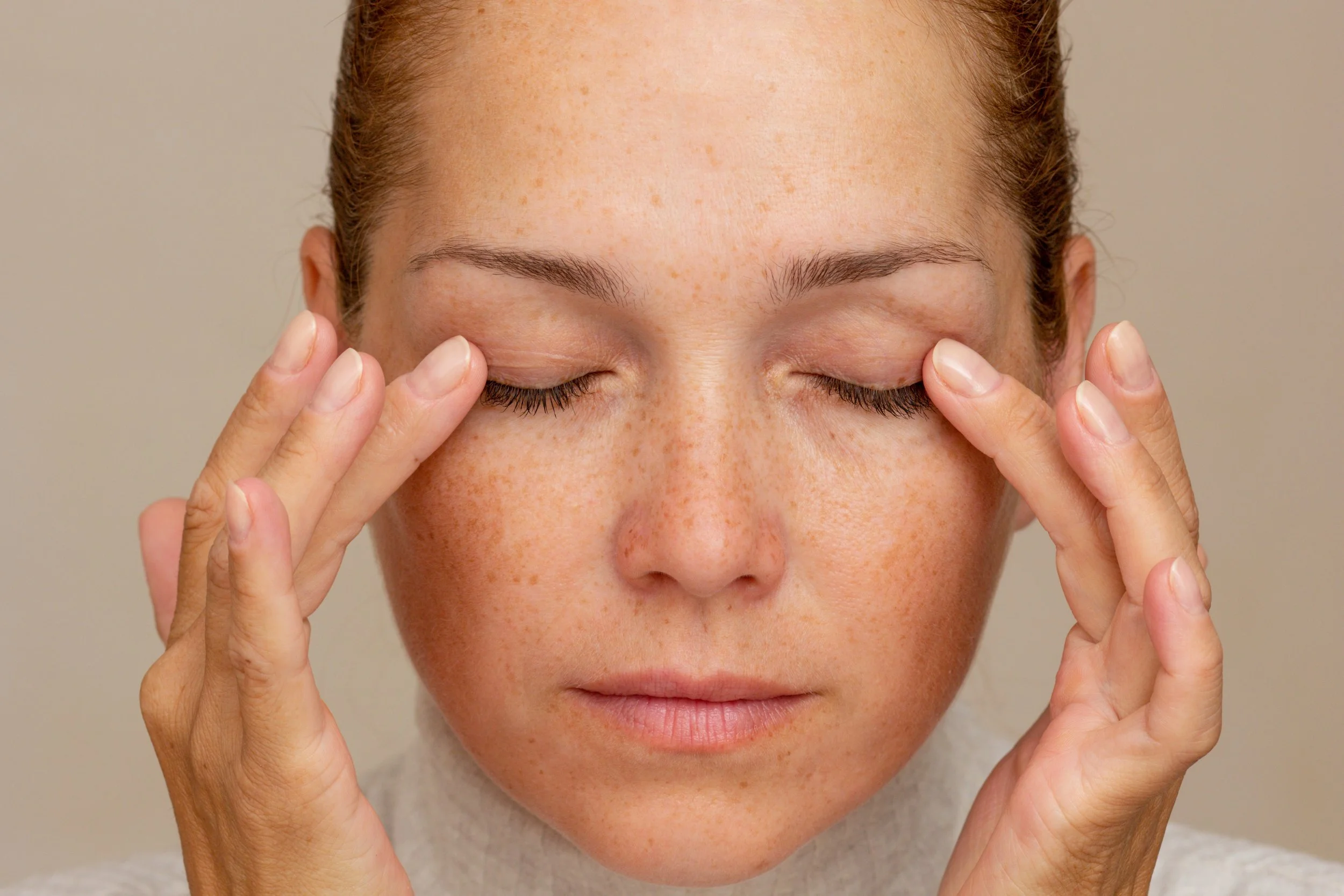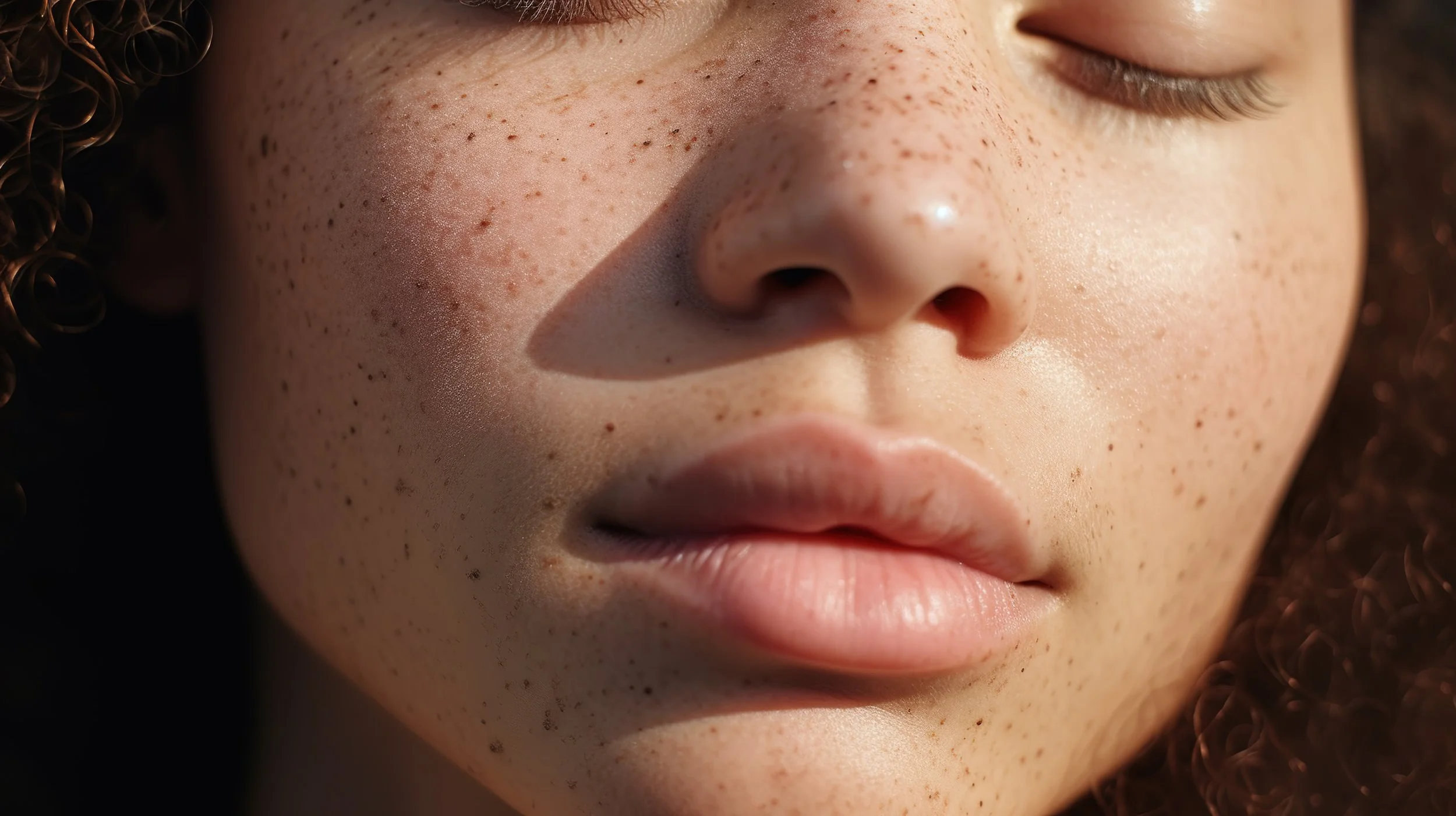
HYPRSKN / ScienceUV Light & Skin
Discover the Dual Nature of UV Light: Unveiling its Potential Harm and Benefits to Skin.
Ultraviolet (UV) light is a type of radiation present in sunshine and some sources of artificial lighting such as tanning beds and grow lamps. UV light stimulates production of essential vitamin D and melanin, the skin’s natural UV-protective pigment.
However, UV light is also higher in energy than visible light and thus more harmful to biological tissues, which is why UV light is strongly linked to skin aging and skin cancer.
The Risks and Benefits of UV Light
Different UV Wavelengths, Different Effects
Like visible light, ultraviolet light comes in a range of “colors” (invisible to the human eye) corresponding to different wavelengths. The erythema action spectrum quantifies how effective each UV wavelength is at inducing erythema (also known as sunburn).
The specific wavelength of UV light corresponds to the amount of damage it can do to skin. UV Light is often grouped into three different wavelength ranges:
-
(wavelength 315–400 nm)
The UV light in sunshine is made up of 95% UVA. Though it is the least harmful type of UV light, accumulated UVA exposure also contributes to skin aging and skin cancer.
-
Although it represents only 5% of the UV light in sunshine, UVB is much more damaging than UVA and is the primary cause of skin cancer.
-
The most damaging form of UV light is UVC. Fortunately, it is blocked by the earth’s atmosphere.
How UV Increases Skin Cancer Risk
UV radiation is a proven human carcinogen and the leading cause of skin cancers such as basal cell carcinoma (BCC), squamous cell carcinoma (SCC), and melanoma, which occur most often on sun-exposed areas of skin. Research shows that UV light damages DNA, and not all of the damage gets repaired by the body. Unrepaired UV damage can build up over time and trigger mutations that cause skin cells to multiply rapidly, leading to malignant tumors. The degree of damage depends on the wavelength, intensity, and length of exposure to UV rays, as well as the melanin content in the skin.
How UV Causes Skin Aging
UV light is responsible for up to 80% of visible signs of skin aging.
Unlike the epidermis, which is relatively thin and made mostly of skin cells, the dermis is thicker and made mostly of connective fibers, collagen, and elastin. UV damage to these dermal connective fibers and the cells that generate them causes the skin to lose strength and elasticity, leading to classic signs of skin aging, such as wrinkles. Since UVA light penetrates more deeply into skin than UVB light, UVA damage plays a more significant role in UV-related aging.
How Melanin Protects the Skin
Benefits of UV Light
UV light is well known for providing the body with much-needed vitamin D. But UV exposure also has many health benefits beyond vitamin D such as:
In heliotherapy and phototherapy, UV exposure can treat skin diseases such as psoriasis and eczema.
UV exposure releases endorphins that can improve mood.
UV induction of cosmetic tanning produces beneficial melanin.
UV exposure can release nitric oxide, good for cardiovascular and neural health.
Produced by cells in the epidermis called melanocytes, melanin is a natural UV-protectant and skin-darkening pigment responsible for the skin’s color.
Melanin helps prevent skin cancer and aging by absorbing UV light that might otherwise damage DNA or connective fibers.
The superior UV protection provided by melanin explains why skin cancer is far more predominant in populations with low melanin content.
Managing Safe Levels of UV Exposure
In general, the best dose of UV light for skin is the minimum amount needed for vitamin D production, since extra accumulated UV exposure increases aging and cancer risk. However, the amount of UV exposure required to reach this healthy minimum depends on the skin’s melanin content.
There are multiple strategies to avoid harmful UV overexposure:
Mind the UV Index
Avoid sun exposure during periods of high UV index, a number that predicts the risk level of sunlight on a 10 point scale.
Avoid Direct Sunlight
Use protective clothing and shade to avoid exposing the skin.
Wear Sunscreen
In areas of skin where sun exposure cannot be avoided (i.e. face, hands), topical sunscreens offer a last line of defense.
Monitor UV Exposure
A number of wearable UV radiometers and dosimeters are available to those who wish to track their UV exposure quantitatively.
Safe Use of UV Lights on Skin
The coloration of Magic Ink tattoos is activated by UV lights such as the Magic Pen. Since the harmfulness and function of UV rays are so dependent on wavelength, it is essential to use only appropriately designed UV lights on the skin. That means:
Never expose skin to UVB or UVC light. Use only UVA lights, ideally with wavelengths of 360 nm or greater.
Limit UVA intensity. Use only UVA lights with modest power ratings of ~1W or less (as in Magic Pen).
Limit UVA exposure time. Most UVA lights activate Magic Ink or MagicMark tattoos within a few seconds. Minimizing the duration and frequency of UVA exposures will maximize both the skin’s health and that tattoo’s lifetime.









